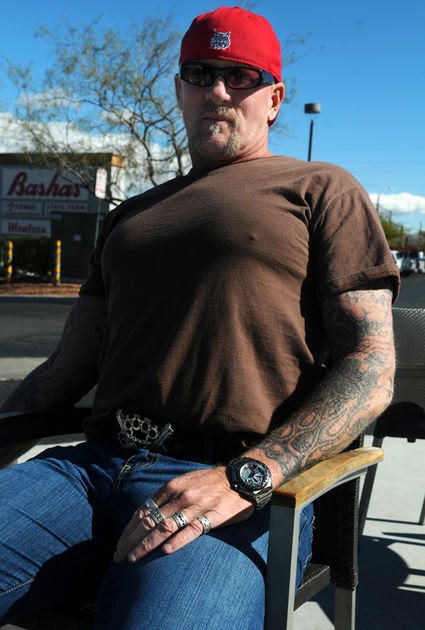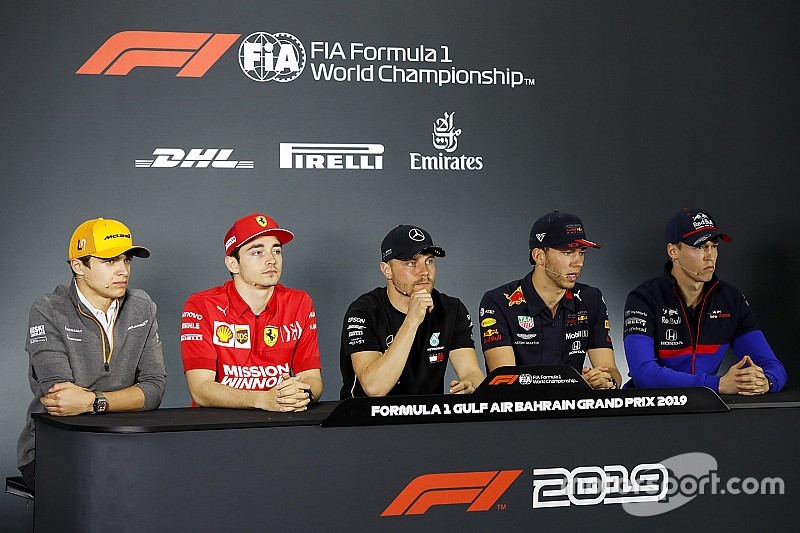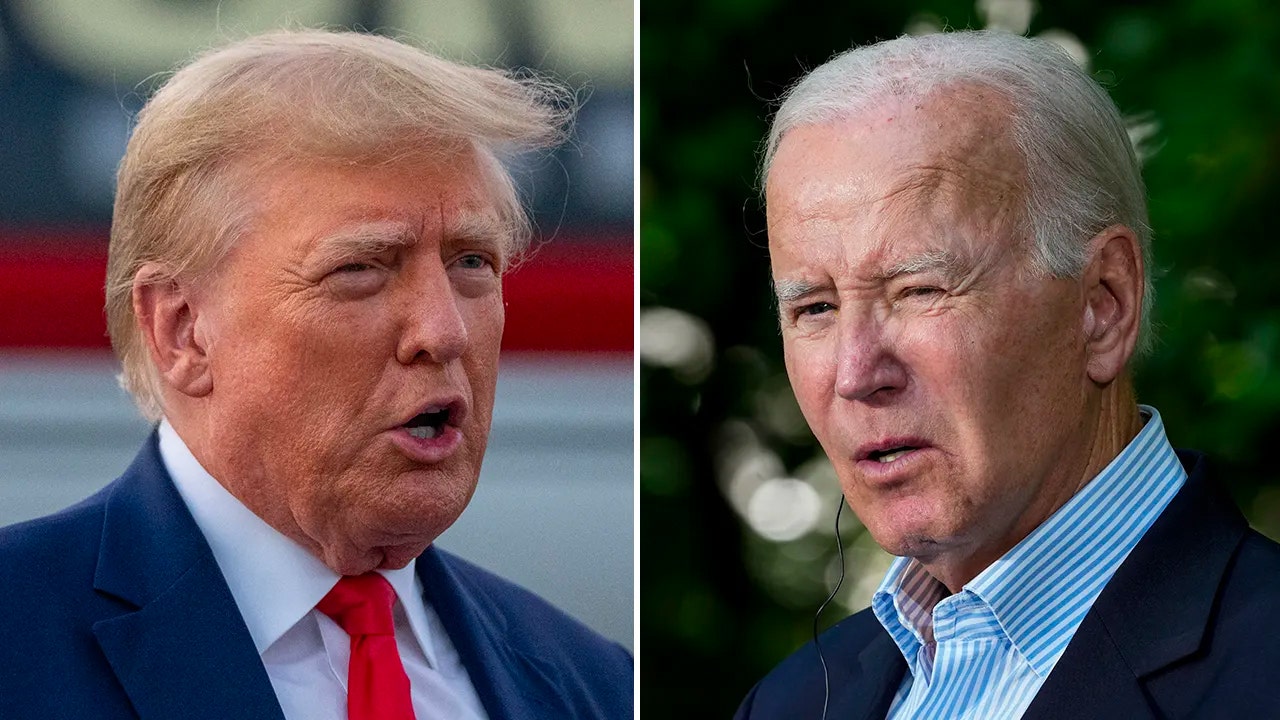Exploring The World Of The Hells Angels

Table of Contents
A History of the Hells Angels Motorcycle Club
Early Years and Formation
The Hells Angels Motorcycle Club traces its origins back to the post-World War II era in California. Founded in 1948 in Fontana, California, the club's early members were predominantly veterans seeking camaraderie and a sense of belonging.
- 1948: The first Hells Angels Motorcycle Club charter is established in Fontana, California.
- Early 1950s: Several chapters emerge throughout Southern California.
- Evolution of the Logo: The iconic "Death Head" logo, a winged skull, solidifies the club's rebellious image.
These early years laid the foundation for the club's later expansion and the development of its distinctive identity. The post-war era, with its burgeoning motorcycle culture and a spirit of rebellion, provided fertile ground for the Hells Angels to take root and flourish.
Expansion and Growth
From their humble beginnings in California, the Hells Angels rapidly expanded their reach across the United States and internationally. This expansion wasn't always peaceful; territorial disputes and clashes with rival biker gangs were common. The club's hierarchical structure, with its strict rules and internal organization, played a crucial role in facilitating this growth.
- 1950s-1960s: Rapid expansion across the US, establishing chapters in major cities.
- 1960s-Present: International expansion, with chapters forming in Canada, Europe, and other parts of the world.
- Hierarchical Structure: The club operates with a strict hierarchical structure, with a president at the top and various ranks and roles within each chapter.
The Hells Angels' growth is a testament to their ability to establish and maintain a strong sense of brotherhood and their effectiveness in consolidating power within the motorcycle gang subculture.
The Hells Angels Today
The Hells Angels Motorcycle Club continues to operate globally, maintaining a significant presence in numerous countries. While their activities remain shrouded in secrecy, their influence and notoriety persist. Recent news and events continue to highlight the club's ongoing involvement in various activities, solidifying their position as one of the world's most infamous outlaw motorcycle gangs.
- Global Reach: The Hells Angels maintain chapters across multiple continents.
- Ongoing Activities: The club's activities remain a subject of ongoing investigation and legal scrutiny.
- Recent News: Keep abreast of current news and reports concerning the Hells Angels' activities through reputable news sources.
Understanding the current state of the Hells Angels requires ongoing monitoring of various news outlets and legal reports.
The Culture and Lifestyle of the Hells Angels
Motorcycle Culture and Brotherhood
At the heart of the Hells Angels' culture lies a deep-seated brotherhood and a shared passion for motorcycles. Riding together, customizing their bikes, and attending rallies are crucial aspects of their lifestyle. This strong sense of camaraderie and shared identity helps solidify the bonds within the club and fosters loyalty.
- Motorcycle Customization: Extensive modification of motorcycles is a key aspect of their culture.
- Rallies and Events: Large-scale rallies serve as important social gatherings and demonstrations of strength.
- Rituals and Traditions: Various rituals and traditions reinforce the club's identity and values.
This vibrant motorcycle culture is a defining feature of the Hells Angels' identity, creating a unique and enduring appeal for members.
Rules, Structure, and Hierarchy
The Hells Angels operate under a rigid hierarchical structure with strict rules and regulations. Membership requires a significant commitment and adherence to the club's code. Different patches and insignia denote various ranks and roles within the organization. The initiation process is often rigorous and designed to test loyalty and commitment.
- Patches and Insignia: Specific patches signify rank, chapter affiliation, and accomplishments within the club.
- Initiation Process: A demanding initiation process reinforces the club's strict rules and loyalty.
- Internal Structure: A clearly defined hierarchy ensures order and control within the organization.
This well-defined structure contributes to the club's longevity and effectiveness.
The Controversies and Criminal Activities Associated with the Hells Angels
Legal Battles and High-Profile Cases
The Hells Angels have a long and well-documented history of involvement in criminal activities, including drug trafficking, violence, and other illegal operations. Numerous legal battles and high-profile cases have underscored the club's ongoing conflict with law enforcement agencies worldwide.
- Drug Trafficking: The club has been implicated in numerous drug trafficking operations.
- Violence and Assault: Incidents of violence and assault have been frequently linked to the Hells Angels.
- Notable Cases: Several high-profile cases have resulted in convictions and lengthy prison sentences for members.
These legal battles highlight the ongoing struggle between the Hells Angels and law enforcement authorities.
Public Perception and Media Portrayal
The public perception of the Hells Angels is largely negative, shaped by their long history of criminal activity and media portrayals. While some may romanticize the biker lifestyle, the reality is often far more complex and far less glamorous.
- Media Portrayals: The club has been frequently depicted in films, books, and documentaries, often emphasizing their criminal activities.
- Public Opinion: The public largely views the Hells Angels with suspicion and distrust.
- Image Management: Efforts by the club to manage their public image have generally been unsuccessful.
The Hells Angels’ image remains firmly cemented in popular culture as a powerful and dangerous outlaw motorcycle gang.
Conclusion
The Hells Angels Motorcycle Club represents a complex and multifaceted organization with a rich history marked by both camaraderie and controversy. From their post-war origins to their global presence today, their story is one of expansion, internal structure, and ongoing legal battles. Understanding the Hells Angels requires acknowledging their strong sense of brotherhood, their strict internal rules, and their undeniable involvement in criminal activities. This exploration only scratches the surface of their fascinating and often-troubled history. Continue exploring the fascinating – and controversial – world of the Hells Angels through further research and investigation. Delve into books, documentaries, and reputable news sources to gain a deeper understanding of this enigmatic motorcycle club.

Featured Posts
-
 F1 Drivers Press Conference What To Expect And Where To Watch
May 26, 2025
F1 Drivers Press Conference What To Expect And Where To Watch
May 26, 2025 -
 Sinners A Louisiana Horror Movie Coming Soon To Theaters
May 26, 2025
Sinners A Louisiana Horror Movie Coming Soon To Theaters
May 26, 2025 -
 Delaware Governor Sounds Alarm Fascisms Threat In A Post Biden America
May 26, 2025
Delaware Governor Sounds Alarm Fascisms Threat In A Post Biden America
May 26, 2025 -
 Hsv Aufstieg Zurueck In Der Bundesliga Die Party Beginnt
May 26, 2025
Hsv Aufstieg Zurueck In Der Bundesliga Die Party Beginnt
May 26, 2025 -
 Meta Israels 2024 Holocaust Remembrance Day Instagram Project Israeli Celebrities Participate
May 26, 2025
Meta Israels 2024 Holocaust Remembrance Day Instagram Project Israeli Celebrities Participate
May 26, 2025
Latest Posts
-
 Samsung Galaxy S25 256 Go Test Et Avis Complet 775 E
May 28, 2025
Samsung Galaxy S25 256 Go Test Et Avis Complet 775 E
May 28, 2025 -
 Samsung Galaxy S25 256 Go Le Top Produit A 775 E Notre Avis
May 28, 2025
Samsung Galaxy S25 256 Go Le Top Produit A 775 E Notre Avis
May 28, 2025 -
 Personal Loan Interest Rates Your Guide To Finding The Best Deal Today
May 28, 2025
Personal Loan Interest Rates Your Guide To Finding The Best Deal Today
May 28, 2025 -
 Check Todays Personal Loan Interest Rates And Apply Now
May 28, 2025
Check Todays Personal Loan Interest Rates And Apply Now
May 28, 2025 -
 Personal Loan Interest Rates Today How To Get The Lowest Rate
May 28, 2025
Personal Loan Interest Rates Today How To Get The Lowest Rate
May 28, 2025
